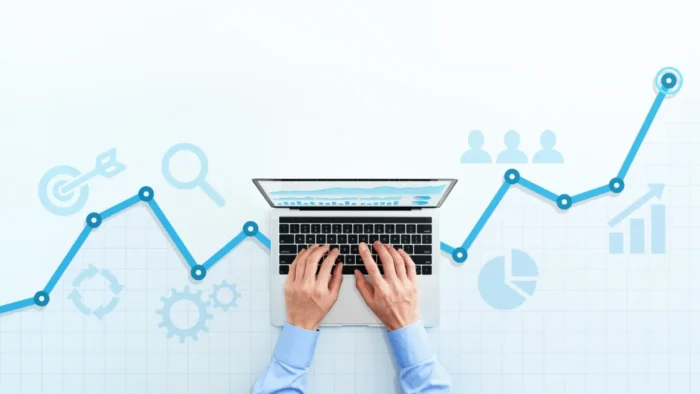Thanks to the Internet, small businesses have a powerful marketing channel to reach local customers. As entrepreneurs turn their business ideas into brick-and-mortar realities, a well-designed, locally-optimized website is crucial to a successful business venture.
Michael Koploy, ERP Analyst at Software Advice-a website that provides free reviews of point of sale systems for small businesses – recently created a guide for small business owners to ensure that their websites are suited for local searchers. According to Koploy, there are 8 steps to ensuring that a small business owner has a locally-optimized website:
- Claim your online business listing. Ensure that you’ve claimed your Google Places, Bing Business Portal and Yelp listings.
- Deploy Google Analytics and create a plan to analyze and track visitors. This free solution is essential to finding out which social networks are driving visitors to your site and which pages are under–and over–performers.
- Make contact information accessible. Move addresses, phone numbers and hours of operation to the front page and “above the fold.” If you need a “Contacts” or “Locations” page to organize information, make sure that these pages provide visitors with all the information they could need.
- Optimize HTML and copy for local searchers. Include local keywords in your site’s title and description tags (e.g., “The best New York City clothing store”). Additionally, schema.org markup is a great way to alert search engines that your site is local.
- Ask for feedback on business review sites. Yelp, Google Places, Open Table and other review websites are commonly viewed by customers as they evaluate your business. Link to these profiles, ask for feedback and act on negative customer experiences.
- Highlight specials on the front page. Convince customers that you’re the hot location of the moment by elevating promotions and specials to the front of your site.
- Use social networks and newsletters to keep in touch with locals. Update Facebook, Twitter and newsletters with information about your community and your business–and link to these mediums throughout your website.
- Find online local communities. Many neighborhoods, towns, cities and states have websites dedicated to local business. Look for these opportunities and ask for them to link to your site.
You can download the full checklist for free here.
This is a guest post by Michael Koploy. Michael writes on various ERP topics, with particular interests in supply chain management and retail industries. In his free time, he enjoys the food and lives music scenes in Austin, Texas. Michael is a recent graduate of the University of Texas with a BS in Psychology.



